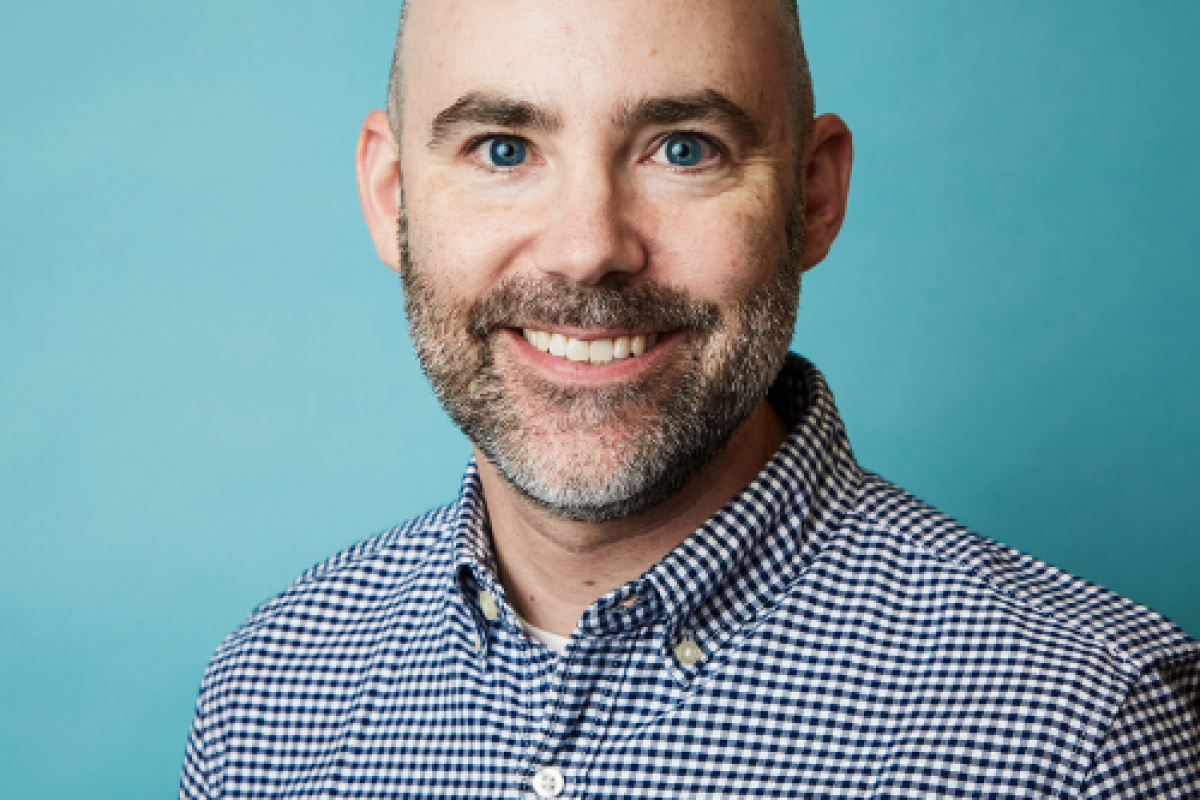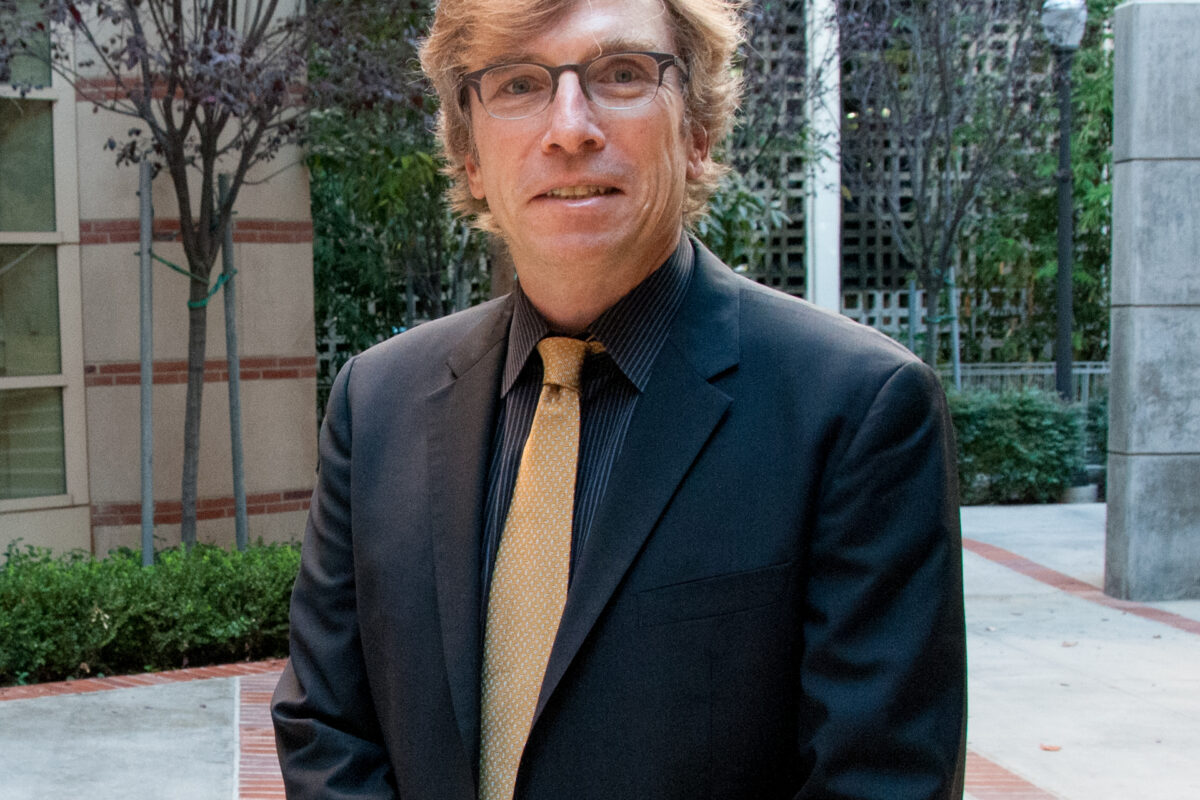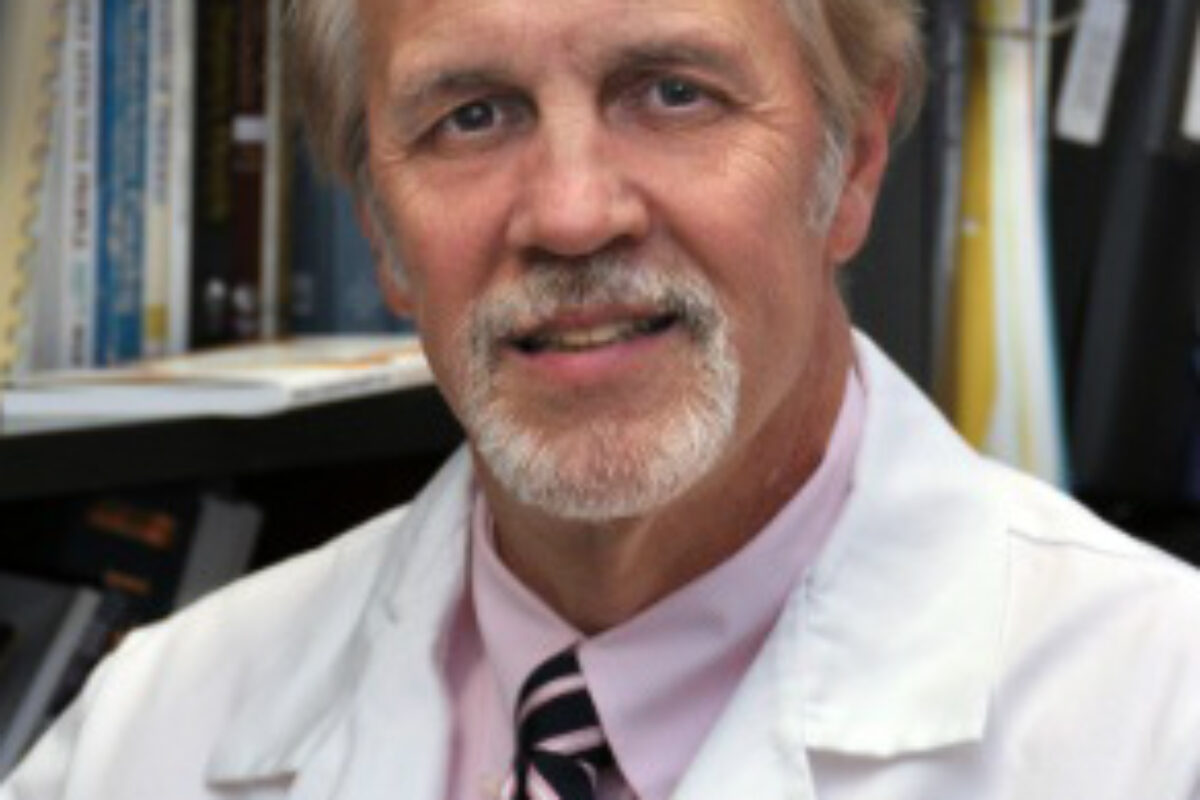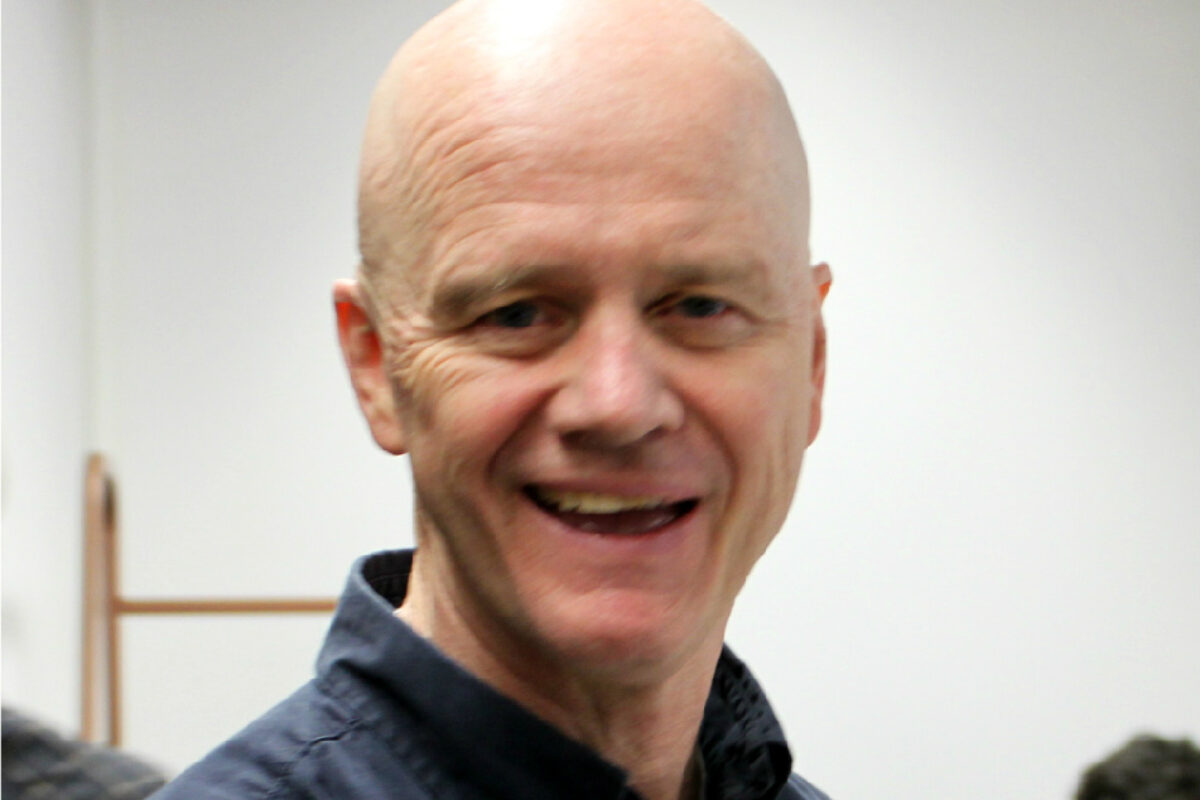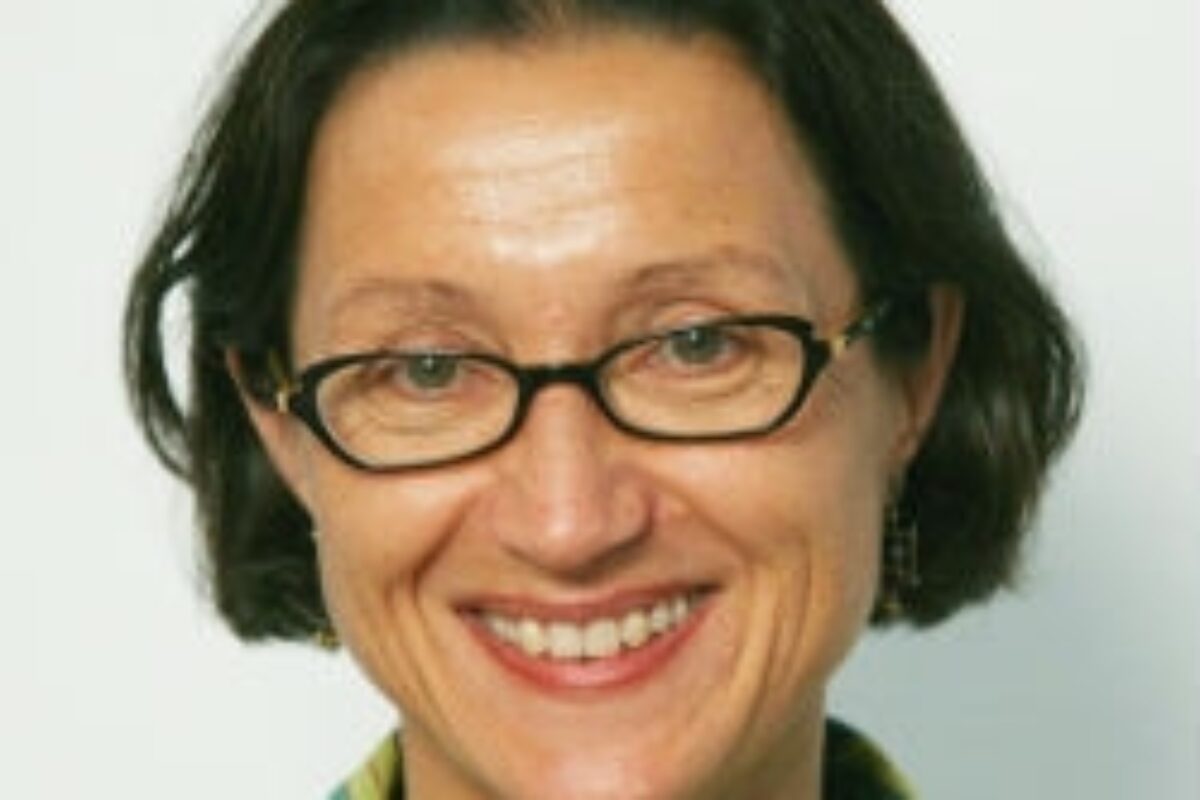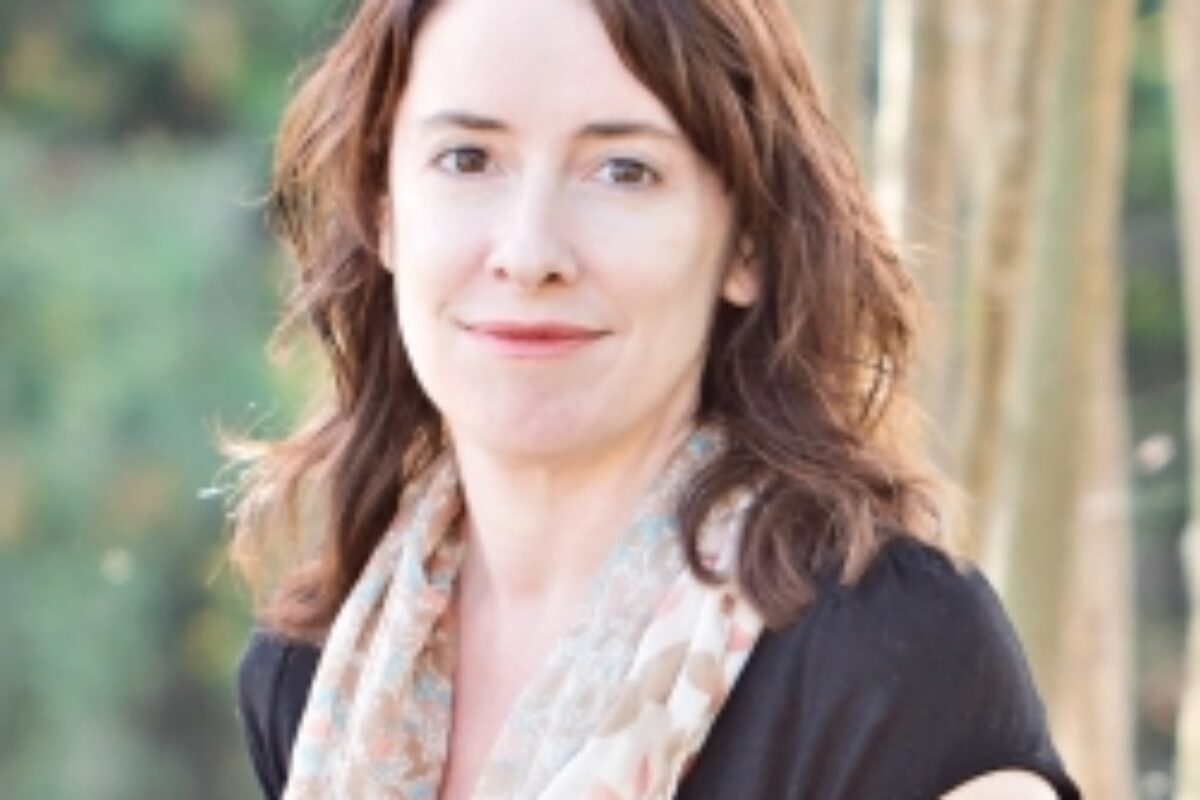Christine Samuel-Nakamura worked for multiple years in several Indian Health Service (IHS) and tribal hospitals/clinics as a nationally board certified Family Nurse Practitioner (FNP). A portion of her clinical work focused on chronic health conditions such as diabetes, renal failure, autoimmune disorders, and cancer. Her clinical work with these chronic health conditions led her to contemplate whether there is a connection between these chronic conditions and the community environment. These hypotheses ultimately led to her research question and work examining environmental contamination from U and other heavy metals. Dr. Samuel-Nakamura received her doctorate from UCLA and her dissertation study focused on U and associated heavy metals in the food chain on the Diné (Navajo) reservation. Her postdoctoral work examined U and heavy metals in a common AI herbal tea plant. Before joining the UCLA SON, Dr. Samuel-Nakamura was a Lecturer in the UCLA Interdepartmental Program in American Indian Studies (IDP-AIS). She is a member of the Diné Nation.
Kevin Riley is the Director at LOSH. With over a decade of experience conducting worker- and community-engaged research and worker training initiatives, he leads LOSH efforts to investigate job hazards among workers in various industries and sectors, with the goal of informing public policy and improving workplace health and safety programs. His work has examined the injury experiences of workers in the low-wage labor market, community-level associations between heat-related hospitalizations and outdoor work, and workers’ compensation eligibility and access among residential day laborers and domestic workers. His interests also include the history of occupational safety and health policies and activism.
Kevin serves as principal investigator for the Western Region Universities Consortium (WRUC), a partnership of four university-based hazardous materials (HAZMAT) training programs funded by the National Institute of Environmental Health Sciences (NIEHS) Worker Training Program. In this role, he has led training initiatives on infectious disease hazards for healthcare workers in California as well as several projects to evaluate the impacts of HAZMAT training on workers and managers.
He holds a PhD in sociology and a master’s in public health, both from UCLA.
Additional Publications:
Kevin Riley, Jennifer Nazareno, and Sterling Malish. 24-Hour Care: Work and Sleep Conditions among Migrant Filipino Live-in Caregivers in Los Angeles. American Journal of Industrial Medicine, 59(12), 1120-1129, 2016.
Kevin Riley and Doug Morier. Patterns of Work-Related Injury and Common Injury Experiences of Workers in the Low-Wage Labor Market. Report to the Commission on Health and Safety and Workers’ Compensation, California Department of Industrial Relations. Los Angeles: UCLA Labor Occupational Safety and Health Program. 2015.
Kevin Riley, Carol Rice, Mitchel Rosen, Craig Slatin, Linda Alerding, Jane Fleishman, B. Louise Weidner, and Linda Delp. Managers’ Perceptions of the Value and Impact of HAZWOPER Worker Health and Safety Training. American Journal of Industrial Medicine, 58(7): 780-787, 2015.
Linda Delp and Kevin Riley. Worker engagement in the health and safety regulatory arena under changing models of worker representation. Labor Studies Journal, 40(1): 54-83, 2015.
Kevin Riley. Driving on speed: Long-haul truck drivers and amphetamines in the postwar period. Labor: Studies in Working-Class History of the Americas, 11(4): 63-90, 2014.
Linda Delp, Kevin Riley, Sarah Jacobs, Diane Bush, Kathy Kirkland, Ingrid Denis, Matt London, and Robert Harrison. Shaping the future: Ten years of the Occupational Health Internship Program. New Solutions, 23(2) 253-281, 2013.
Kevin Riley. Health and safety. Entry for SAGE Sociology of Work Encyclopedia, Vicki Smith and J. Geoffrey Golson (eds.), 2013.
Kevin Riley, Linda Delp, Deogracia Cornelio, and Sarah Jacobs. From agricultural fields to urban asphalt: The role of worker education to promote California’s Heat Illness Prevention Standard. New Solutions, 22(3) 297-323, 2012.
Paul Landsbergis, Joseph Grzywacz, Anthony LaMontagne, Carles Muntaner, Joan Benach, Jane Lipscomb, Jeffrey Johnson, Peter Schnall, Kevin Riley, Ellen Rosskam, and Jennifer Zelnick. Work Organization, Job Insecurity, and Occupational Health Disparities. Issue Paper for Discussion at the Eliminating Health and Safety Disparities at Work Conference, Chicago, Illinois, September 14 and 15, 2011.
Kevin Riley and Lauren Appelbaum. OSHA at 40: Looking Back, Looking Ahead. UCLA Institute for Research on Labor and Employment, Research & Policy Brief No. 8, April 2011.
Dr. Krause is the former Director of the NIOSH Southern California Education and Research Center and Professor in Environmental Health Sciences at UCLA. Before his appointment at UCLA, Dr. Krause has been associate professor in residence in the Division of Occupational and Environmental Medicine of the Department of Medicine at the University of California San Francisco. He received his medical degree and a doctoral degree in orthopedic medicine from the University of Hamburg, Germany, and a doctoral degree in epidemiology from the University of California Berkeley. Dr. Krause retired from UCLA in 2021 but remains an emeritus member.
Dr. Michael Jerrett is an internationally recognized expert in Geographic Information Science for Exposure Assessment and Spatial Epidemiology. He is professor and chair of the Department of Environmental Health Sciences in the Fielding School of Public Health at UCLA. Dr. Jerrett earned his PhD in Geography from the University of Toronto (Canada). For the past 15 years, Dr. Jerrett has researched how to characterize population exposures to air pollution and built environmental variables, how to understand the social distribution of these exposures among different groups (e.g., poor vs. wealthy), and how to assess the health effects from environmental exposures. Over the decade, Dr. Jerrett has also studied the contribution of the built and natural environment to physical activity, behavior and obesity. In 2009, the United States National Academy of Science appointed Dr. Jerrett to the Committee on “Future of Human and Environmental Exposure Science in the 21st Century.” The committee recently concluded its task with the publication of a report entitled “Exposure Science in the 21st Century: A Vision and a Strategy.” In 2013, the U.S. Environmental Protection Agency appointed Dr. Jerrett to the Clean Air Scientific Advisory Sub-Committee for Nitrogen Oxides. In 2014, Dr. Jerrett was named to the Thomson Reuters List of Highly Cited Researchers, indicating he is in the top 1% of all authors in the fields of Environment/Ecology in terms of citation by other researchers.
Patrick T. Dowling, M.D., M.P.H. Bio Sketch Patrick T. Dowling, MD, MPH is the Kaiser Permanente Endowed Professor of Community Medicine and Chair of the UCLA Dept. of Family Medicine. A graduate of the Medical College of Ohio and the University Of Michigan School of Public Health, he completed his residency training in Family Medicine at Cook County Hospital in Chicago under Jorge Prieto, MD and Michael Stocker, MD. He is board certified in Family Medicine, Preventive Medicine and Public Health. Prior to joining UCLA as the first permanent Chair of Family Medicine in 1998, Dr. Dowling directed Family Medicine Residency training programs at Cook County Hospital, Brown University in Rhode Island and at Harbor-UCLA Medical Center. He has served on the National Advisory Council of the National Health Service Corps, as a Commissioner of Public Health for LA County and is presently a member of the Board of Trustees of the Drew University of Medicine and Science in South-Central LA. His professional interests include health policy, the science of health care delivery and the provision of care to underserved and minority communities. A common thread in his career has been the linkage of graduate medical education to underserved communities as a means to improve access and reduce health outcomes disparities among racial and ethnic minorities. Further, his research interests include chronic disease management, cross cultural and bi-national medicine and the integration of substance abuse treatment programs within primary care. He is Co-founder and Associate Director of the UCLA Department of Family Medicine IMG program, an innovative program to prepare bilingual (English-Spanish) International Medical Graduates (IMGs) to become eligible for licensure and residency training in Family Medicine in California. Ever since his days as Medical Director of the United Farm Workers Clinics (UFW) under Cesar Chavez in California?s Coachella and Imperial valleys he has believed that health care is a unique social goal and basic right. He remains optimistic that President Obama and the Congress will finally do what 7 presidents since Franklin Roosevelt tried and failed, that is to provide universal coverage for all, like the rest of the industrialized world.
The focus of the laboratory is to determine the reasons for differential mouse strain responses to chemical agents that cause birth defects (teratogens). One of the malformations that has been induced by a wide variety of teratogens is postaxial forelimb ectrodactyly (absence of digits with the highest prevalence in the fifth digit then the fourth then the third, etc.) which occurs preferentially on the right limb as opposed to the left limb. This malformation has been produced in mice with acetazolamide, cadmium, carbon dioxide, dimethadione, diphenylhydantoin, ethanol, hyperthermia, retinoic acid (13-cis- and all-trans-) and valproic acid. These compounds include many documented human teratogens. In all cases where both the C57BL/6 and SWV mouse strains have been examined with these agents, the C57BL/6 strain is highly susceptible compared to the SWV strain. The goal of our experiments is to determine the reason for this consistent differential susceptibility. Alternatively, several teratogens have been examined in the same two strains for the ability to induce the neural tube defect exencephaly. For this malformation, the relative strain susceptibility is dependent on the specific teratogen. Thus, for some agents the C57BL/6 mouse is more susceptible and for other agents the SWV is more susceptible. Approaches that have been used to generate hypotheses regarding the cause of these strain differences include whole genome scanning followed by positional cloning, gene expression profiling, proteomic analysis, determining synexpression of limb development genes during the embryonic period following administration of the teratogen, and examining other malformations induced by the teratogens when administered at different gestational times that share the same strain susceptibility. Ongoing experiments are designed to determine the reasons for the different strain responses.
Beate Ritz joined the faculty of the School of Public Health at UCLA in 1995 and is currently Professor and Vice Chair of the Epidemiology Department and holds co-appointments in the Environmental Health department at the UCLA School of Public Health and in Neurology, UCLA School of Medicine; she is a member of the Center for Occupational and Environmental Health (COEH), the Southern California Environmental Health Science Center (SCEHSC), and co-directs the NIEHS-funded UCLA Center for Gene-Environment Studies of Parkinson’s disease. Dr. Ritz received her MD and a PhD in Medical Sociology from the University of Hamburg Germany in 1983 and 1987; she was a research fellow and resident at the Psychiatric University-Hospital in Hamburg from 1987-1989, and received doctoral training and a PhD degree in Epidemiology in 1995 from UCLA.
I joined UCLA in 2009 and am an Associate Adjunct Professor of Epidemiology and a member of the Jonsson Comprehensive Cancer Center. Prior to coming to UCLA I completed a postdoctoral fellowship at the International Agency for Research on Cancer, an agency of the World Health Organization. I am a member of the Childhood Leukemia International Consortium, the Children’s Oncology Group, and the Brain Tumor Epidemiology Consortium.
Recent Publications
Prenatal pesticide exposure and childhood leukemia- A California statewide case-control study.
Park AS, Ritz B, Yu F, Cockburn M, Heck JE. International journal of hygiene and environmental health. (2020) May 1;226:113486.
Spina bifida and pediatric cancers
Heck JE, Lee PC, Wu CK, Li CY, He D, Federman N, Yu F, Olsen J, Ritz B, Arah OA, Hansen J. Pediatric Hematology and Oncology. 2020 Apr 29:1-7.
Gestational risk factors and childhood cancers: a cohort study in Taiwan.
Heck JE, Lee PC, Wu CK, Tsai HY, Ritz B, Arah OA, Li CY. International Journal of Cancer. (2020) Feb 5.




